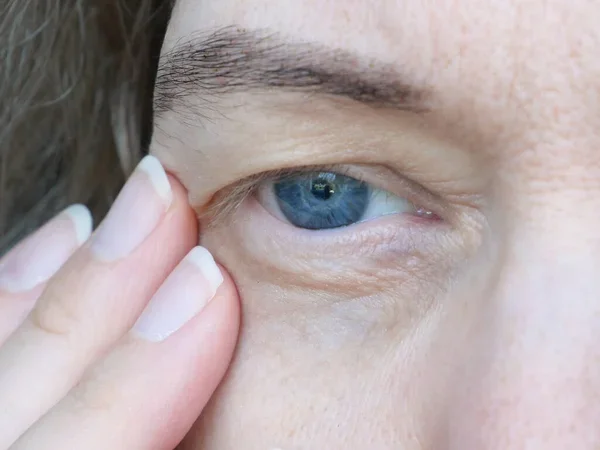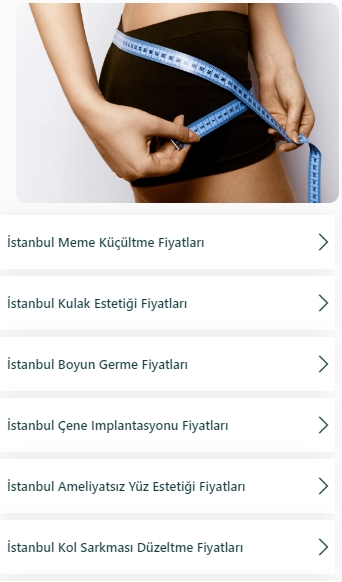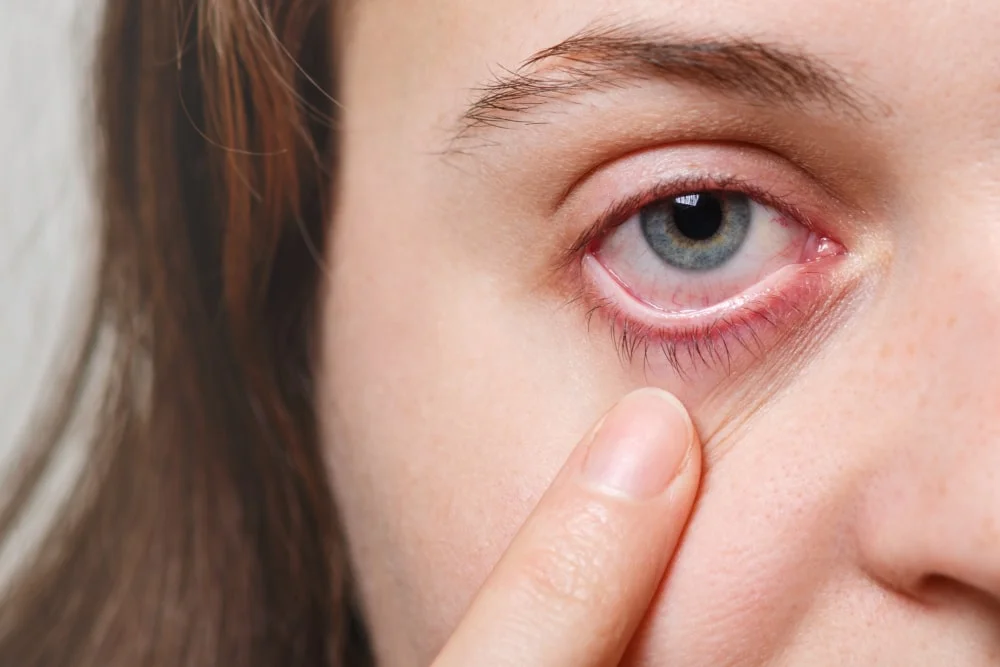
Tear Duct Obstruction: Causes, Treatment Options, and Current Approaches
- Tear Duct Obstruction: Causes, Treatment Options, and Current Approaches
- Tear Duct Obstruction in Children: A Congenital Issue
- When Is Probing Necessary?
- Ritleng System (Silicone Tube Placement)
- Dacryocystorhinostomy (DSR) Surgery: In Adults and Rarely in Children
- Risk of Infection in Tear Duct Obstruction
- My Recommendations for Patients
- Conclusion
As an ophthalmologist, one of the most common problems I encounter in my daily practice is tear duct obstruction. The tear ducts are part of the nasolacrimal system, which allows tears produced in the eye to drain into the nasal cavity. When these ducts become blocked, tears cannot drain properly, and patients often present with constant watering, discharge, and sometimes eye infections. This condition can occur both in children and adults; however, it most frequently appears as congenital tear duct obstruction in infants.
Tear Duct Obstruction in Children: A Congenital Issue
In infants, tear duct obstruction is usually due to congenital causes. When a thin membrane (Hasner’s valve) at the lower end of the duct fails to open, it blocks the flow of tears. Parents bring their babies to my clinic with complaints of constant watering in one or both eyes, discharge, and eyelashes sticking together after sleep. This condition affects approximately 5–20% of newborns.
In most cases, the duct opens spontaneously within the first year of life. During this period, I recommend parents perform regular massage (lacrimal sac massage) and, if necessary, use antibiotic eye drops. The massage technique is crucial: with a fingertip, apply gentle pressure in a pumping motion at the inner corner of the eye, where the eye meets the nose. This massage helps open the membrane at the lower end of the duct.
When Is Probing Necessary?
If massage fails or if the baby has frequent recurring infections, I usually recommend a procedure called “probing” between 1–2 years of age. In this short surgical procedure, a thin probe is inserted into the tear duct to mechanically open the blocked area. Probing, performed under sedation or brief general anesthesia, is painless for the baby and provides a permanent solution in most cases.
Ritleng System (Silicone Tube Placement)
If the duct is severely narrowed or if obstruction recurs after the first probing, I prefer performing Ritleng surgery, which involves placing a silicone tube. In this method, a thin silicone tube is inserted from the duct into the nasal cavity. The tube remains in place for about 3–6 months, keeping the duct open and ensuring proper healing. After the tube is removed, the problem is permanently resolved in most children. The Ritleng system significantly increases success rates, especially in complicated or late-diagnosed cases.
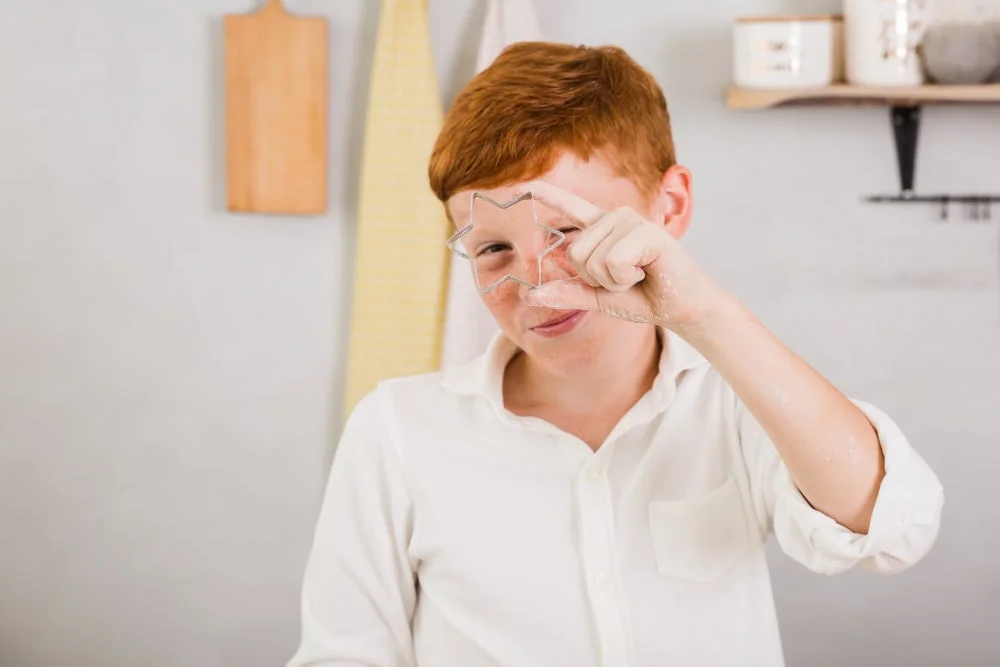
Dacryocystorhinostomy (DSR) Surgery: In Adults and Rarely in Children
In adults, tear duct obstruction typically develops due to chronic inflammation, trauma, age-related narrowing, or certain systemic diseases. In these cases, massage or probing is ineffective; definitive treatment requires surgery. Dacryocystorhinostomy (DSR) surgery creates a new passageway between the lacrimal sac and the nasal cavity, allowing tears to drain into the nose. DSR can be performed using open techniques, endoscopic methods, or laser surgery. The success rate after surgery is very high.
DSR surgery is rarely required in children, but it may be necessary in older children with complex congenital obstructions or in cases where Ritleng treatment fails.
Risk of Infection in Tear Duct Obstruction
If left untreated, tear accumulation creates an ideal environment for bacterial growth, leading to infection of the lacrimal sac (dacryocystitis). Dacryocystitis requires urgent treatment with antibiotics and sometimes emergency surgical drainage. Repeated infections can cause permanent tissue damage.
My Recommendations for Patients
• Be patient during the first year of life and perform massage regularly using the correct technique.
• If discharge increases, use antibiotic drops as prescribed by your doctor.
• If watering does not resolve by 1 year of age, consult an ophthalmologist about probing.
• In adults, persistent watering, discharge, or a foreign body sensation in the eye should raise suspicion for tear duct obstruction; early intervention prevents permanent damage.
Conclusion
Tear duct obstruction is a condition that can significantly impact quality of life for both children and adults. However, with accurate diagnosis and proper treatment, permanent solutions are often achievable. As I always remind families and my patients:
"Excessive tearing may seem like a minor issue, but it can be a sign of a serious underlying obstruction. Therefore, prolonged complaints should always be taken seriously.”
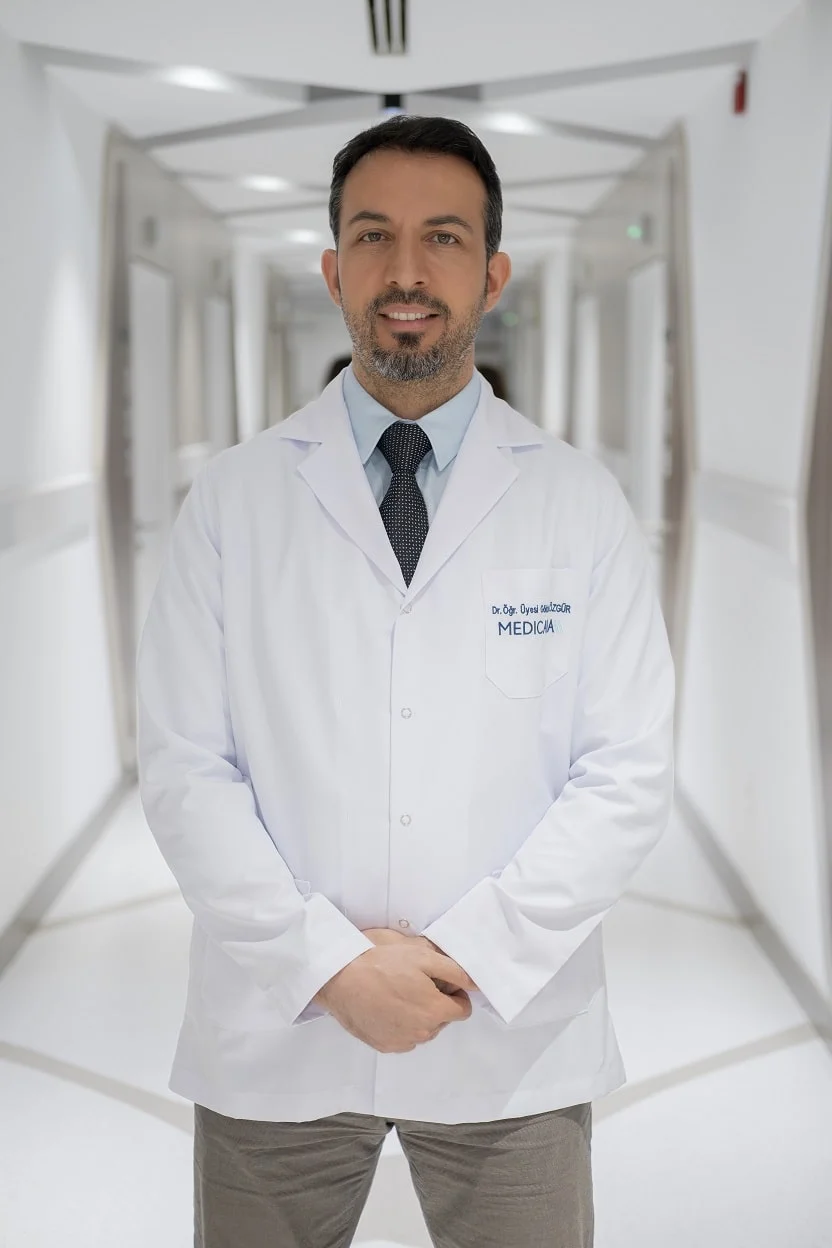
Op. Dr. Gökhan ÖZGÜR
Ophthalmology Specialist
Medicana International Samsun Hospital

